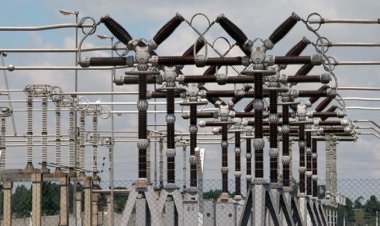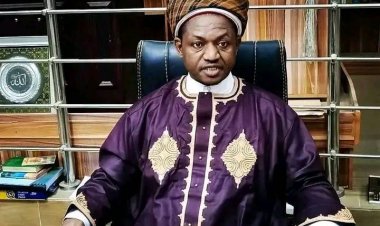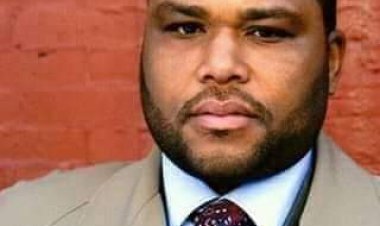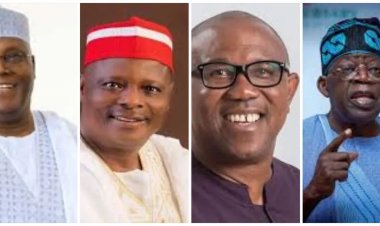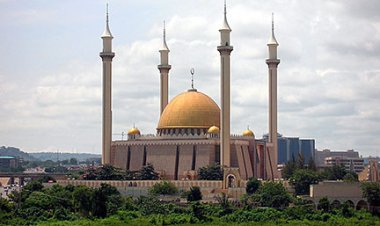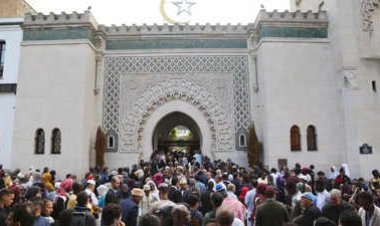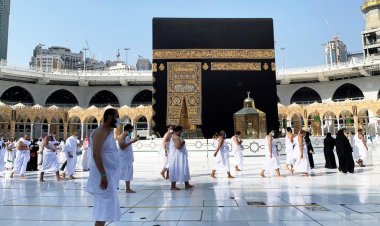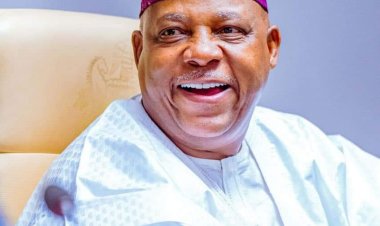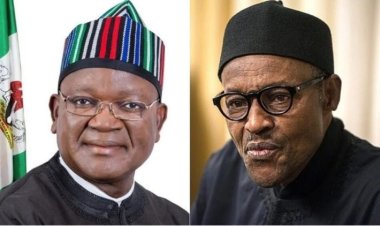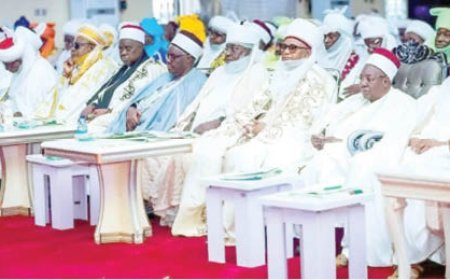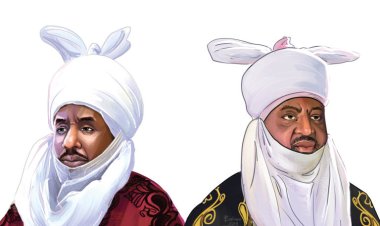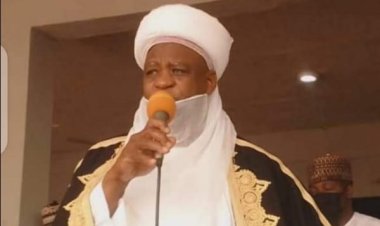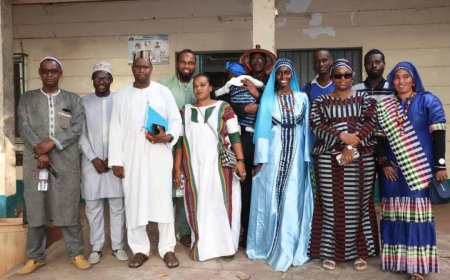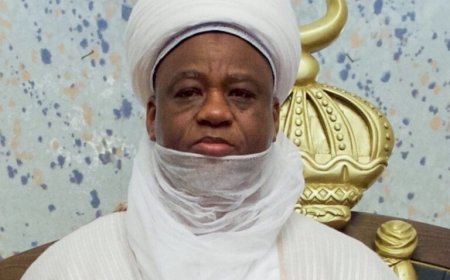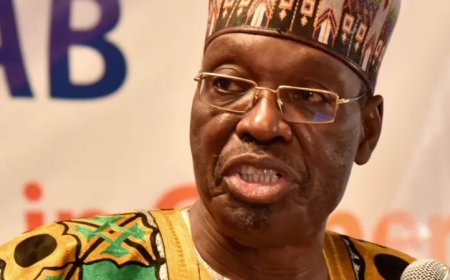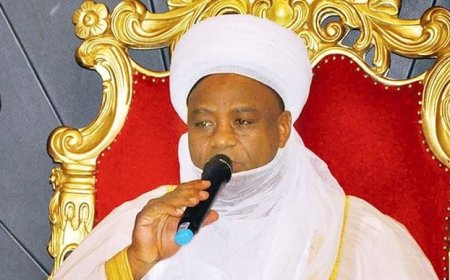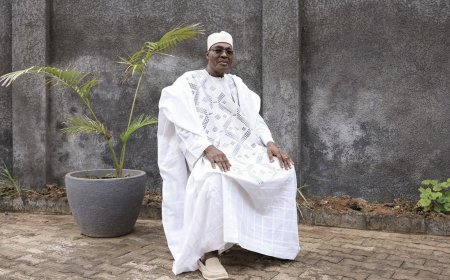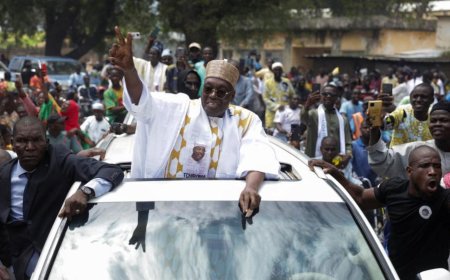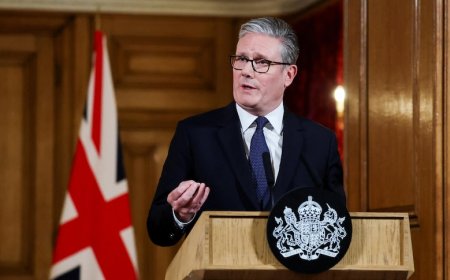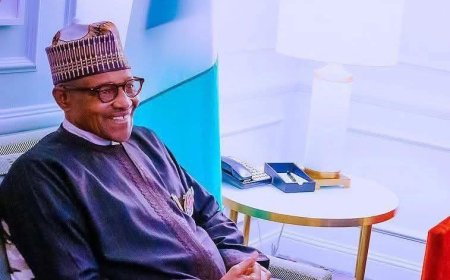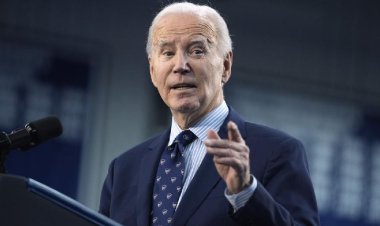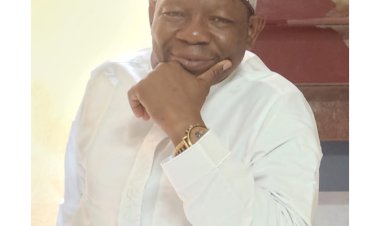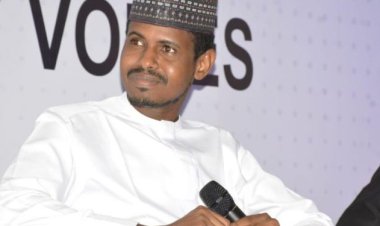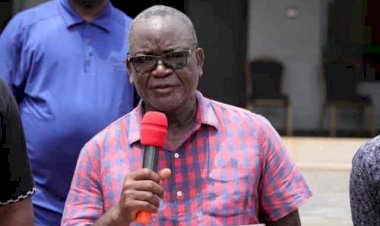Ethnic Killings by West African Armies Are Undermining Regional Security By joining hands with militias that target Fulani civilians, state forces risk sparking a wider conflict.
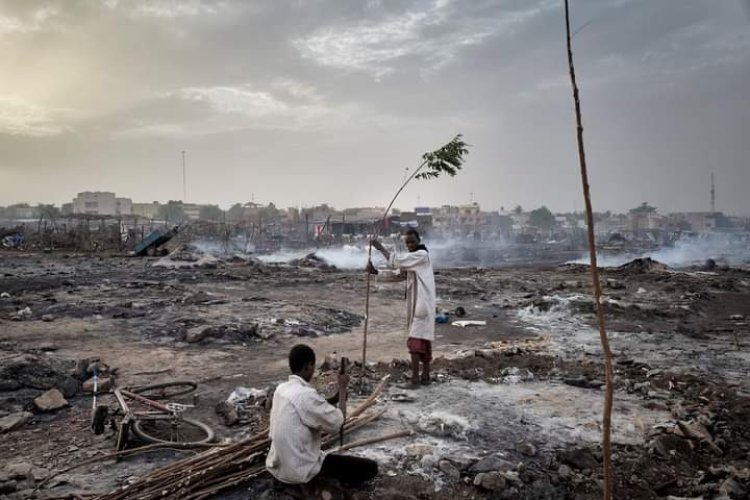
the morning of Dec. 30, 2022, members of a government-supported militia went house to house killing dozens of civilians in the small town of Nouna in northwest Burkina Faso. According to witnesses interviewed by Amnesty International, the militia specifically targeted men from the Fulani ethnic group. Although the government announced 28 people were killed, witnesses say they buried more than 80 corpses after the militia dispersed.
Across central Mali and Burkina Faso, national militaries, their new foreign partners, and local ethnic militias are again committing mass atrocities against Fulani civilians in the name of the fight against jihadis. According to data from the Armed Conflict Location & Event Data Project, more than half of the civilians killed by the military or ethnic militias in Burkina Faso and Mali last year were Fulani—despite the fact that they make up around 10 and 14 percent of each country, respectively.
This rise in killings of Fulani civilians comes amid a renewed government offensive in central Mali, expansion of civilian auxiliaries in Burkina Faso, and the exit of French troops from both countries. The targeting of Fulani communities—based on the canard that they all support jihadi insurgents—is perpetuating the conflict, facilitating jihadi recruitment of Fulani, and risks spreading the violence into vulnerable southern states.
Fulani, referred to as Peul in Francophone countries or Fulbe in their languages, are an ethnic group of around 30 million people, almost all of whom are Muslim, who live dispersed across West Africa. Although often referred to as a homogenous group, Fulani societies are divided by various language variants, rigid social hierarchies, and dramatically different livelihoods. Despite comprising the second-largest ethnic group in each country, Fulani leaders in Mali and Burkina Faso complain of decades of underrepresentation in government and the military.
In 2015, a new jihadi insurgency emerged in Mopti and Ségou, predominantly Fulani regions in central Mali, under the leadership of charismatic preacher-turned-militant Amadou Koufa. A year later, a similar movement calling itself Ansaroul Islam appeared across the border in northern Burkina Faso. Both groups recruited heavily from subgroups of marginalized Fulani herders by appealing to grievances with their elites and the state.
Although these Fulani subgroups were overrepresented in their movements, Koufa, Ansaroul Islam, and the larger al Qaeda-linked coalition they later joined (Jama’at Nasr al-Islam wal Muslimin) sought a pan-ethnic coalition and did not claim to represent Fulani interests. Indeed, the insurgents’ first civilian targets were Fulani mayors, village elders, and imams who spoke out against them.
The Malian army reacted to jihadi ambushes in Mopti and Ségou with mass arrests, tortures, enforced disappearances, and extrajudicial killings.
The Malian and Burkinabe militaries responded to the emerging insurgencies with a heavy hand. Human Rights Watch documented how the Malian army reacted to jihadi ambushes in Mopti and Ségou with mass arrests, tortures, enforced disappearances, and extrajudicial killings. Similar abuses were reported in northern Burkina Faso. The majority of the victims were rural Fulani civilians who the security forces accused of collaborating with jihadis.
The harsh crackdown backfired, and as national militaries retreated and insurgent groups expanded, communities began to take their security into their own hands by establishing or resurrecting localized self-defense groups. In Mali, where the government (and the French) have a long history of allying with northern communal militias, the Dogon group Dan Na Ambassagou and the predominantly Bambara groups known as Donso or Dozo armed themselves and set up checkpoints across the central regions. Meanwhile in Burkina Faso, where communities have a long history of state-sanctioned neighborhood policing, groups known as Koglweogo were established at the village level.
Although these militias formed ostensibly for protection, many used the insecurity as a pretext to seize sought-after land and water resources, said Malian sociologist and conflict analyst Modibo Ghaly Cissé. A dynamic developed where militias responded to insurgent attacks by harassing neighboring Fulani communities, initiating tit-for-tat cycles involving non-jihadi Fulani ethnic militias that escalated into large-scale killings. “The militias perpetrated these first massacres” of civilians in central Mali, Cissé explained. “They ethnicized the conflict there.”
Following shocking massacres in Burkina Faso’s Yirgou and Mali’s Ogossagou in early 2019, leaders in Ouagadougou and Bamako promised to rein in the militias. However, the Malian government and their (former) French partners have a long history of working with ethnic militias in the north of the country, and Burkina Faso has also long devolved responsibility for security to the local level.
Thus, on the ground in central Mali, militias were allowed to flout bans on carrying weapons and riding motorcycles while the Burkinabe National Assembly established the Volunteers for the Defense of the Homeland (VDP), which funneled militiamen into a formal auxiliary civilian force. Nonetheless, 2020 and 2021 saw a steady decrease in killings of Fulani as militias, jihadis, and civilians agreed to tenuous local truces and national militaries went into a defensive posture.
This trend reversed in 2022 as the Malian military launched a new offensive in central Mali, supported by the Kremlin-backed Wagner Group, which has driven a surge in killing of Fulani civilians. Although the massacre of more than 300 Fulani civilians in Moura, Mali, last March stands out, there have been dozens of smaller attacks perpetrated by the military and Wagner Group—who use the ethnic militias as guides—in which Fulani civilians have been subjected to arbitrary arrest and detention, torture, theft, extrajudicial killings, and sexual assault.
A young man from Nia Ouro, a large Malian village accosted and occupied by Wagner and ethnic militias in January and September 2022, summed up the feeling of many Fulani from Mopti: “The [ethnic militias] are using the foreigners to take land they think is theirs, and the jihadists still hide unmolested in the forests.”
Meanwhile, following a second coup in Burkina Faso in September 2022, the new military leadership announced the recruitment of 50,000 new members of the VDP. Since the expulsion of French troops and the French ambassador in January, rumors abound of an imminent Wagner deployment. Based on what has happened in central Mali over the past year, these developments threaten to result in further targeting of Fulani, with devastating consequences for the wider conflict.
Since 2015, more than 3,000 Fulani civilians have been killed in Mali and Burkina Faso, tens of thousands of Fulani have been displaced, and hundreds of thousands now live in fear of jihadis, the military, and their neighbors. Communal violence that tore through the eastern part of Mopti in 2019 and 2020 is now expanding to other areas, such as Niono Cercle in Ségou region to the west.
Militias increasingly target their opponents’ livelihoods by burning grain stocks and stealing livestock, leaving an already impoverished area mired in food insecurity. Tens of thousands of children are not enrolled in schools. “There is a crisis at the heart of Fulani society,” a community leader in Bamako said.
A 15-minute audio message calling for the “extermination” of Fulani, which evoked comparisons to Rwanda’s 1994 genocide—spread widely on social media.
The mass suffering of Fulani communities has allowed Koufa to position himself as a protector of the community, and it facilitates further jihadi recruitment. Cissé, who has interviewed former jihadis, argues that seeking vengeance is among the main reasons people join insurgent groups. Indeed, as the conflict has become ethnicized, Koufa’s fighters have perpetrated deadly targeted attacks on Dogon and Bambara villages, at times killings dozens of innocent civilians. The renewed targeting of Fulani civilians by the military and ethnic militias will only push more people into jihadis’ hands and tear more communities apart.
Killings of Fulani civilians and revenge attacks are undoing the already ragged social fabric of these countries. “Discrimination, not just of Fulani, was a problem before the war,” said Daouda Diallo, founder of an anti-discrimination organization known as the Collective Against Impunity and Stigmatization of Communities in Burkina Faso. “But the actions of certain soldiers and the militias have made it much worse.”
Fulani increasingly lament that they are referred to as “foreigners” in their own countries. Noxious content—such as a 15-minute audio message calling for the “extermination” of Fulani, which evoked comparisons to Rwanda’s 1994 genocide—spread widely on social media.
Although the end of the wars in the Sahel seems far away, rebuilding trust between different communities and the state will be even more complicated if it has to include accounting for what some experts describe as ethnic cleansing.
Furthermore, hate speech and associated violence is spreading into southern states where Fulani communities are even more underrepresented and marginalized. In northern Ghana, vigilante killings of Fulani following banditry attacks are becoming more common. In the Ghanaian village of Widnaba, a stone’s throw from the Burkina Faso border, Fulani refer to the mob that burned their houses in 2021 by the same name as the Burkinabe militias and hint that VDP fighters regularly visit the area.
In northern Ivory Coast, Donso militias have been accused of detaining and torturing herders based on their ethnicity. By not addressing rising discrimination and violence against Fulani communities, West Africa’s coastal states will only facilitate the jihadis’ expansion.
Considering the tense relations among Bamako, Ouagadougou, and France, Western governments are constrained regarding what they can do to interrupt the cycle of killings. After years of French military cooperation with problematic ethnic militias in northern Mali, even just raising the issue of targeting Fulani, as French President Emmanuel Macron did last July, comes across as hollow and only feeds messaging that ethnicization is coming from outside the country.
Meanwhile, neighboring states would do well to investigate and prosecute vigilante killings and ensure that their security forces respect human rights as they respond to this looming threat. At the same time, investing in improved governance, such as access to equitable justice, and fostering the inclusion of minority groups would help address deep-seated grievances in these marginalized northern regions.
Sadly, it appears that instead of acknowledging their own role in ethnicizing the wars in their countries, leaders in Bamako and Ouagadougou are relying on the same strategies that exacerbated the problem. Although Fulani civilians will be most affected, people across the Sahel will suffer as the conflict becomes more entrenched and their countries become further divided.
Correction, March 14, 2023: A previous version of this article said the audio message about the Fulani came from the Burkina Faso government. This is incorrect; it came from a private citizen.
James Courtright is a Dakar-based research fellow with the Institute of Current World Affairs, learning and writing about Fulani societies across West Africa. Twitter: @jcourtright08 Instagram: @jcourtright08
Photo: A Fulani displaced man works with his son to rebuild their hut in the camp for displaced people of Faladie in Bamako on April 29, 2020. MICHELE CATTANI/AFP VIA GETTY IMAGES








